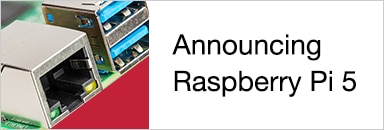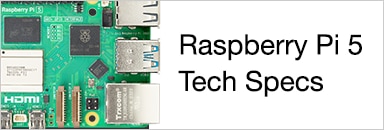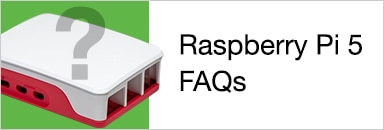I recently bought your 7" touchscreen and it works great for a default screen. But I want to write a graphic touchscreen display to control and display various RPi I/O. How do I intercept and interpret touch events in my C code? Also is there a simple app that lets me design a static graphic display with labeled buttons to accomplish entering and displaying the input values to the RPi I/O? Perhaps something akin to the raspi-config command but with graphics & touch input instead of just text & mouse clicks.





